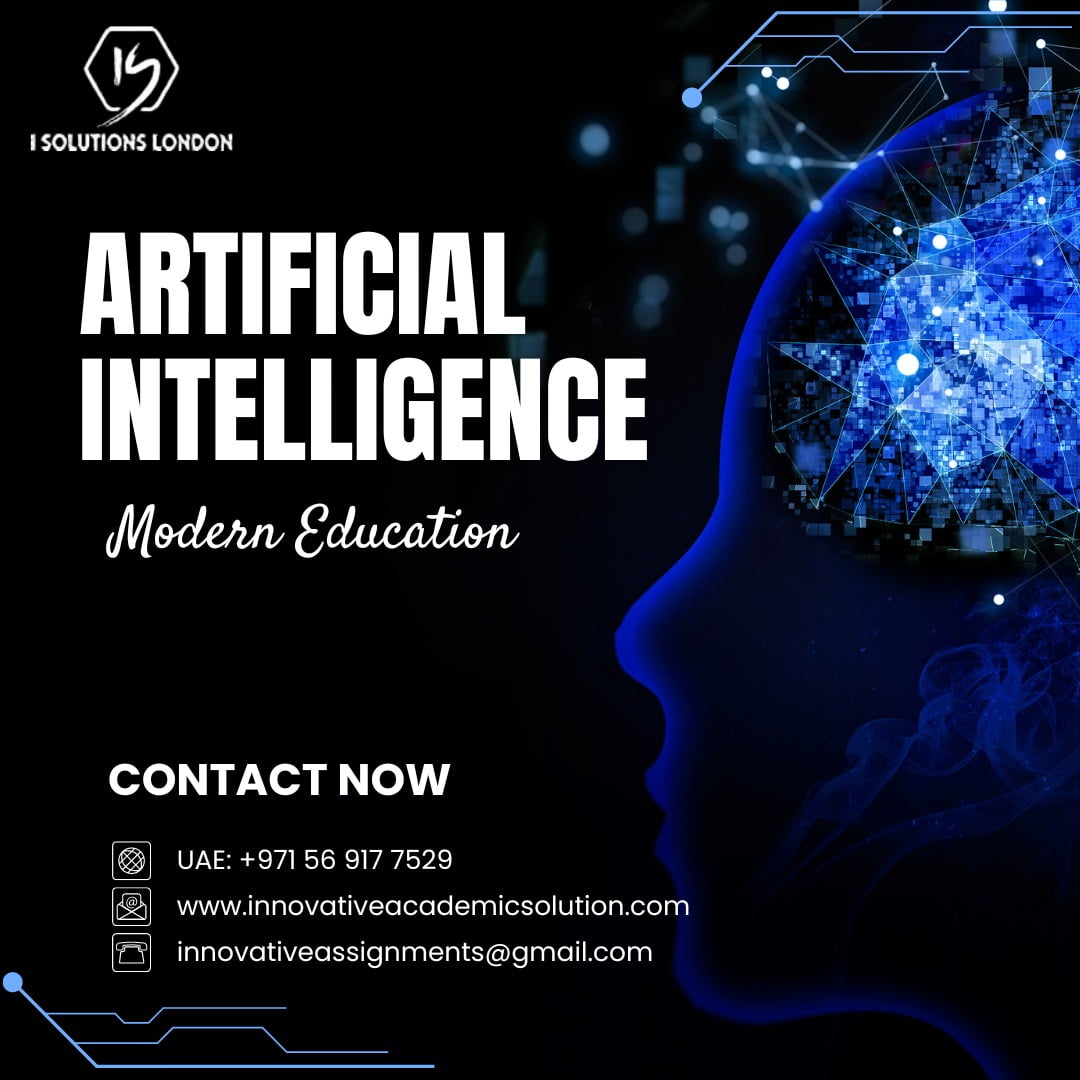
The Role of Artificial Intelligence in Modern Education – Innovative Academic Solution
Transforming Classrooms: The Role of Artificial Intelligence in Modern Education
Introduction
In recent years, Artificial Intelligence (AI) has moved from science fiction into the realm of practical applications, revolutionizing various industries including education.
AI technologies are reshaping the way educators teach and students learn, offering personalized and efficient solutions that were once unimaginable.
This explores how AI is impacting modern education and what the future might hold.
Personalized Learning
One of the most significant advancements AI has brought to education is the ability to personalize learning experiences, including supporting multilingual education.
AI-powered educational platforms can analyze student data to tailor content to individual learning styles and paces.
For instance, platforms like DreamBox and Khan Academy use algorithms to adapt lessons based on a student’s strengths and weaknesses, ensuring that each learner receives customized support.
Intelligent Tutoring Systems
AI-driven tutoring systems are becoming increasingly sophisticated. Tools like Carnegie Learning’s MATHia software use AI to provide real-time feedback and support to students as they work through problems.
These systems simulate one-on-one tutoring by adapting explanations and practice problems to the student’s current level of understanding, offering a personalized learning experience that can significantly enhance student performance.
Administrative Efficiency
AI is not only transforming the classroom but also streamlining administrative tasks. For example, AI tools can automate grading, reducing the workload for educators and providing instant feedback to students.
AI-driven analytics can also help institutions manage scheduling, track student progress, and identify at-risk students, enabling more proactive and data-driven decision-making.
Future Trends
Looking ahead, AI’s role in education is set to expand further. Innovations such as AI-powered virtual reality classrooms and advanced learning analytics promise to make education even more interactive and personalized.
However, as AI continues to evolve, it’s crucial to address challenges related to data privacy, algorithmic bias, and the digital divide to ensure that these technologies benefit all students equitably.
Conclusion:
AI’s integration into education offers tremendous potential to enhance teaching and learning experiences. By embracing these technologies, educational institutions can provide more personalized, efficient, and effective learning environments.
As we move forward, it’s essential to balance innovation with ethical considerations to ensure AI in education is used responsibly and inclusively.

